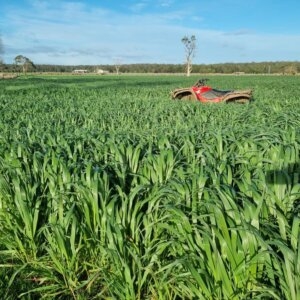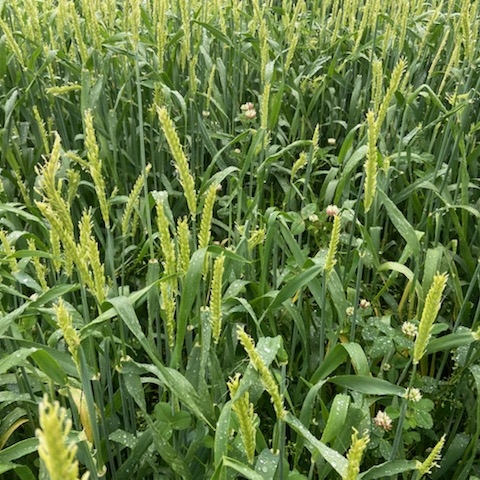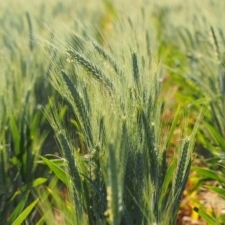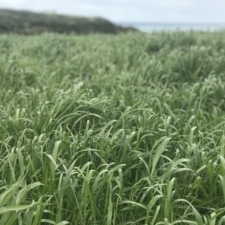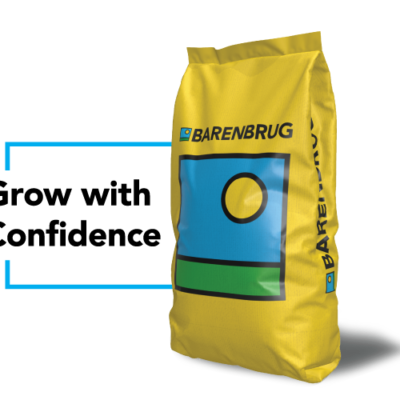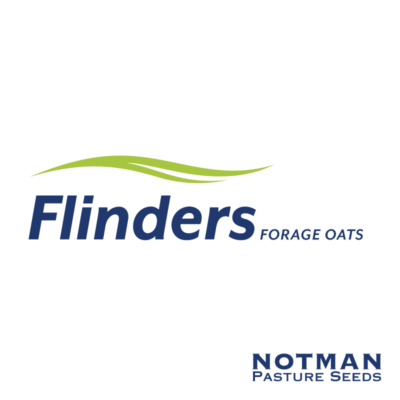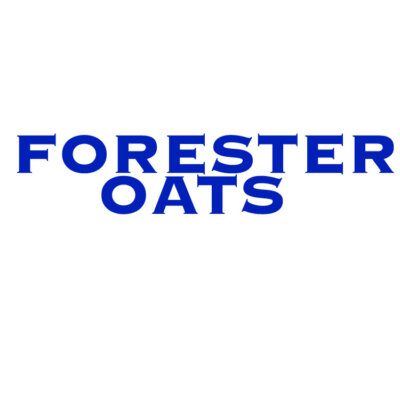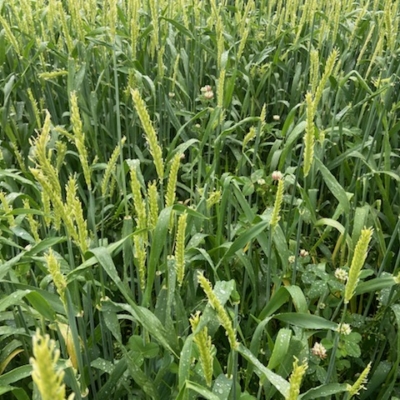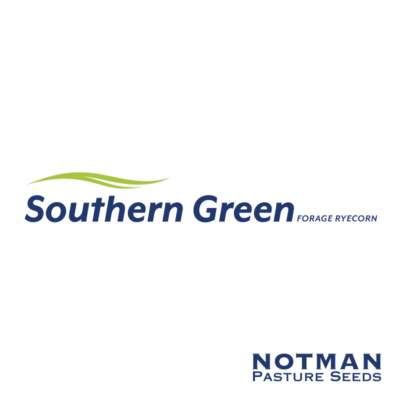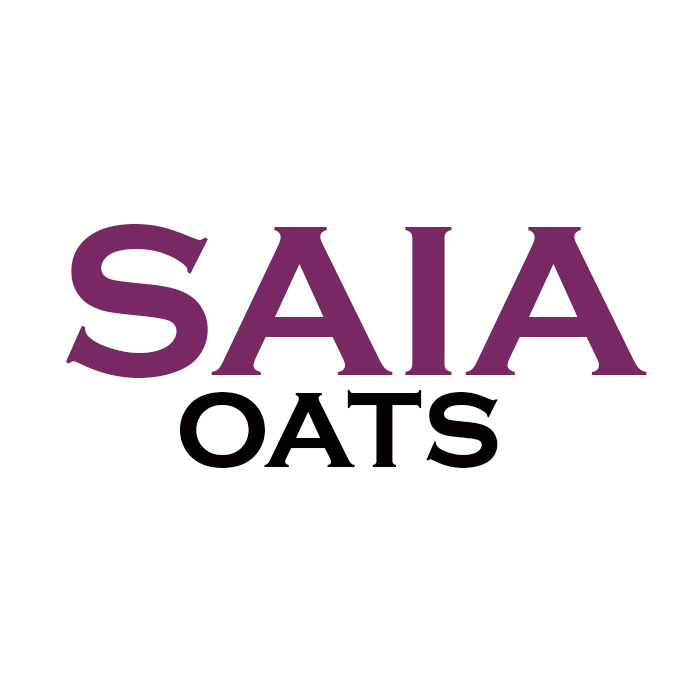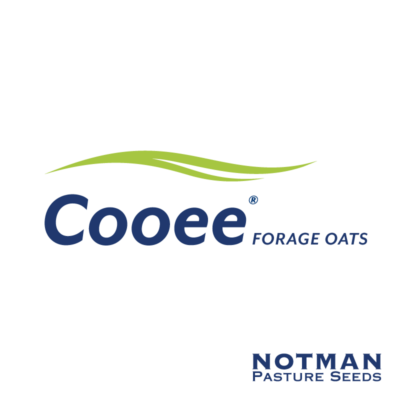Forage cereals include varieties of oats, barley, triticale and ryecorn are a very reliable option for prolific winter and spring forage. Growth rates can vary based on the species, but generally cereals offer flexibility to any farming operation through sowing, grazing and silage or hay.
Forage Oats
Forage oats are a economic, flexible and easy to establish annual cultivar that are suited to grazing, hay, silage, pasture renovation. Popular varieties include:
Cooee Oats
Saia Oats
Wintaroo & more
Forage Barley
Forage Barley provides excellent forage for grazing, hay or silage with good feed quality. Barley has fast establishment and winter production. It is best suited to late planting situations where its quick early growth under cold conditions is an advantage over other forage cereals.
Magnate
Dictator II
Forage Triticale
Combining the quality and yield of wheat and the broad adaptability of rye, Forage Triticale is extremely hardy and adaptable. The reliable grain yield is the key factor in its use for whole crop silage production. Popular varieties include:
Crackerjack
Urambie
Forage Ryecorn
Forage Ryecorn is a reliable winter season performer, delivering a quick winter feed option that is ready to graze within 4-8 weeks. It can also fill the feed gap by sowing with annual or italian ryegrass to extend spring growth. Popular varieties include:
Southern Green Ryecorn
- Whether it is intended for animal finishing systems or simply maintenance rations
- The quality of the dry matter yield you are seeking
- The soil types and anticipated weather conditions at harvest
- If spring sowing, when the follow-up pasture needs to be sown
- If double cropping, when the follow-up crop needs to be sown
- If you have access to the correct harvesting equipment







